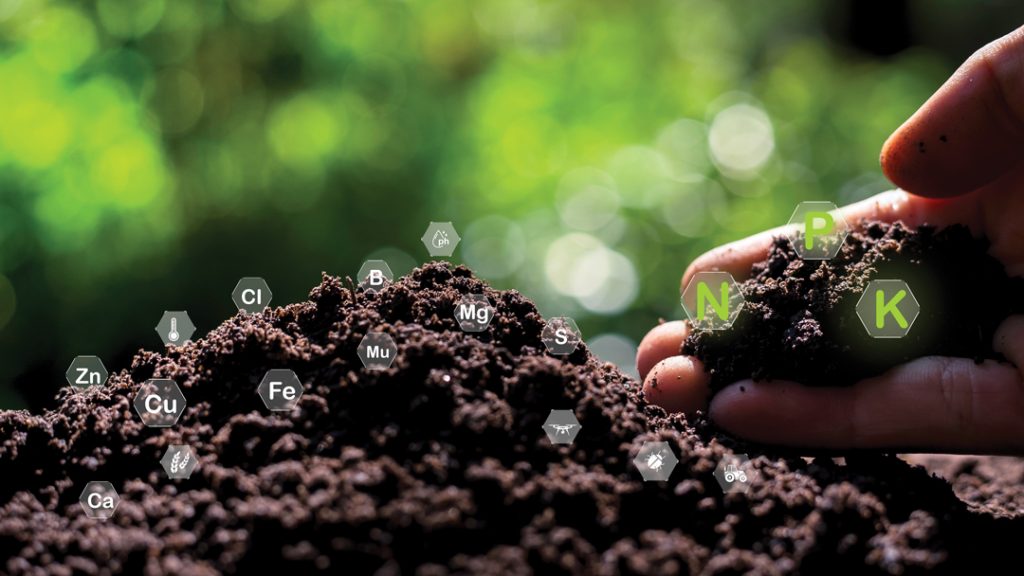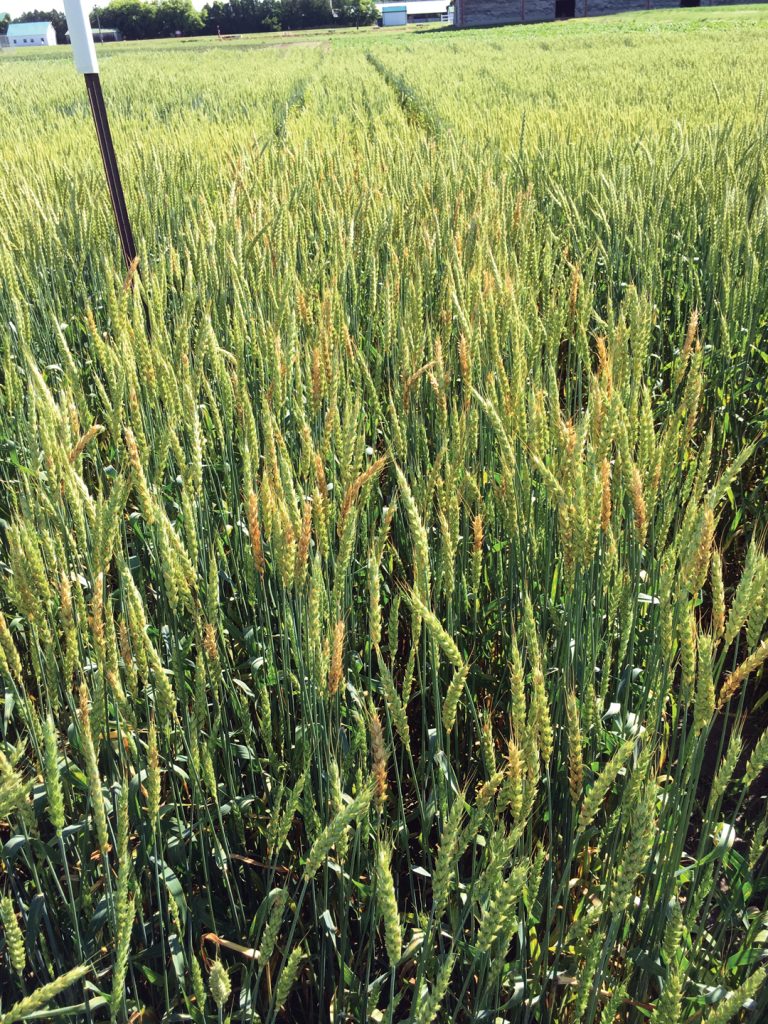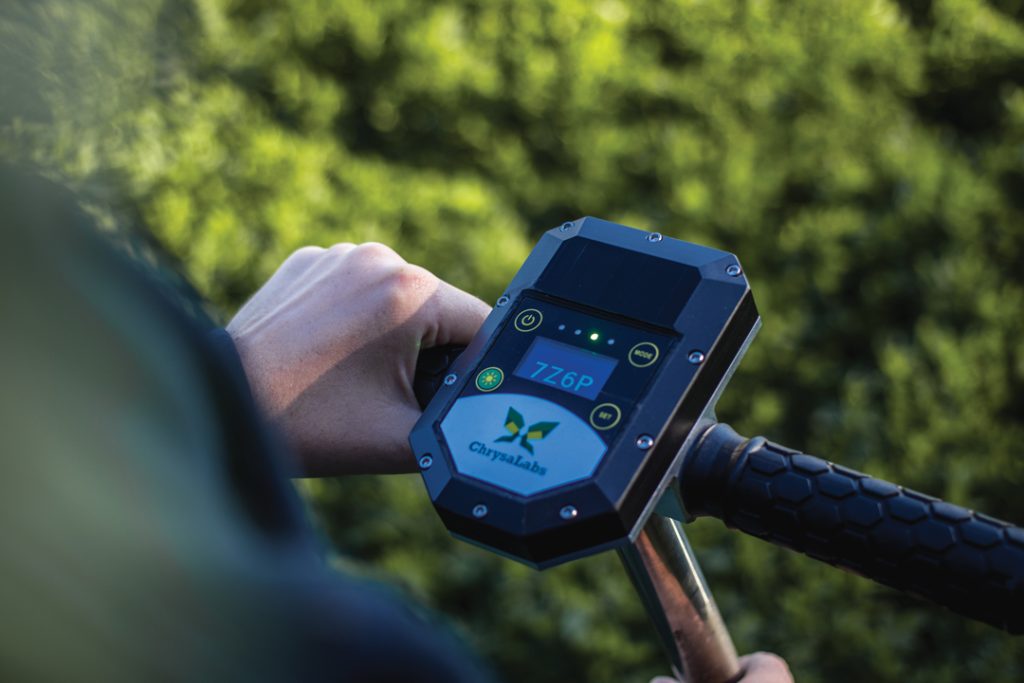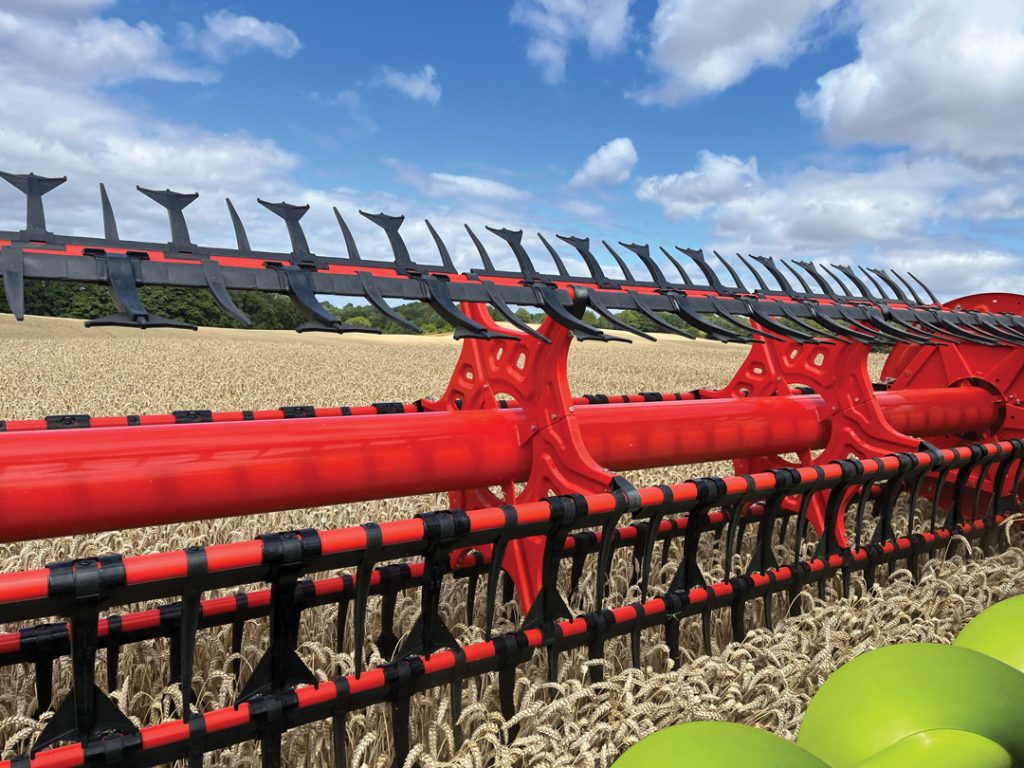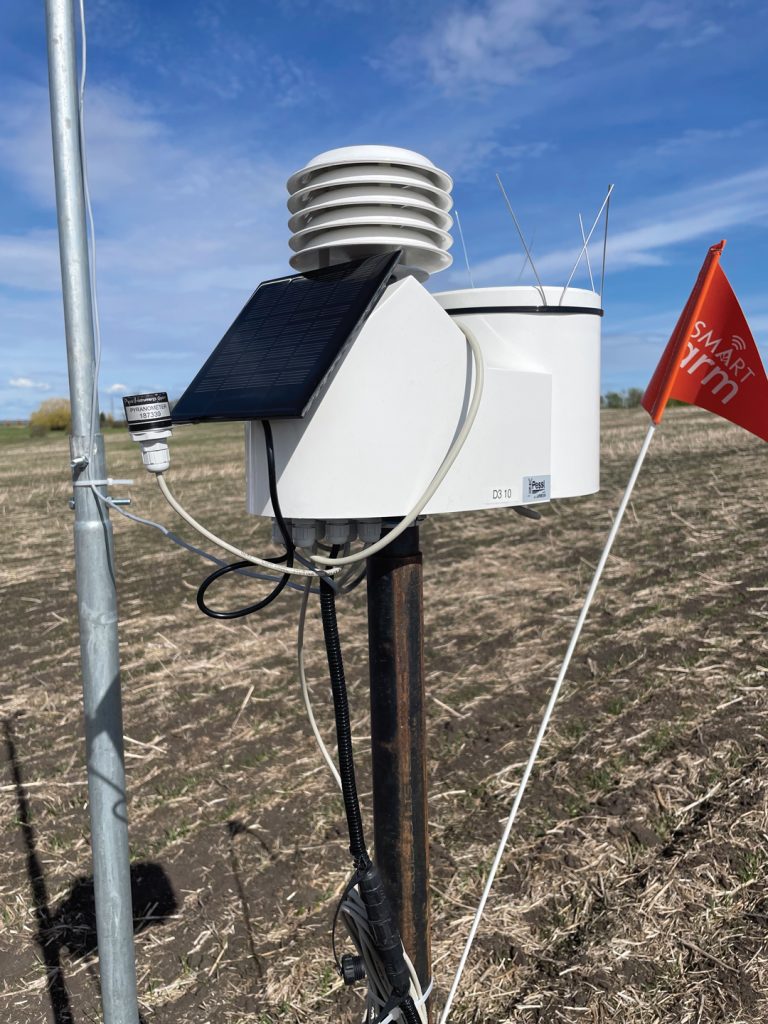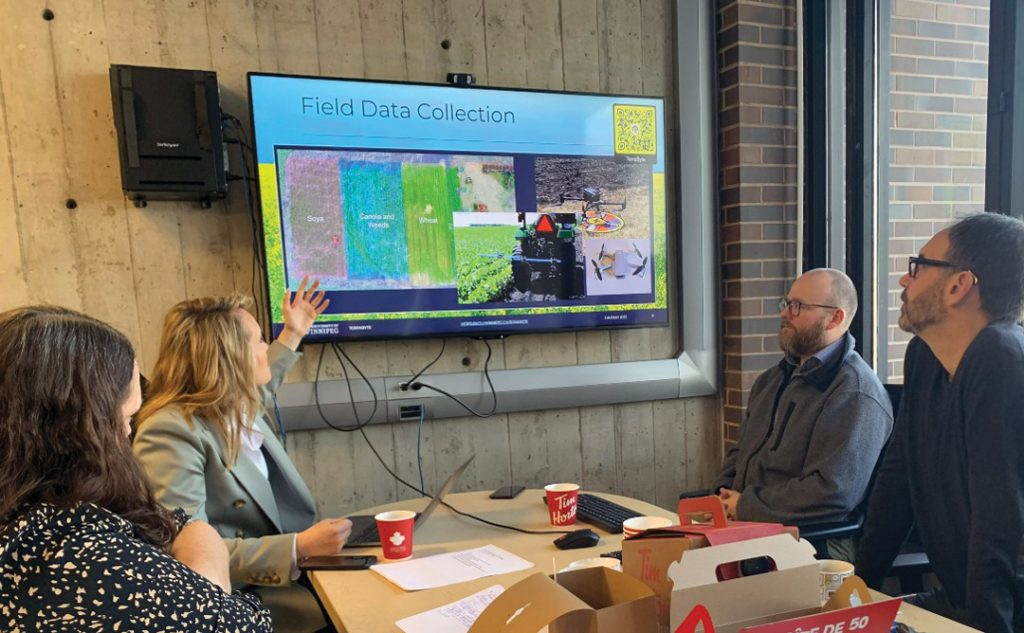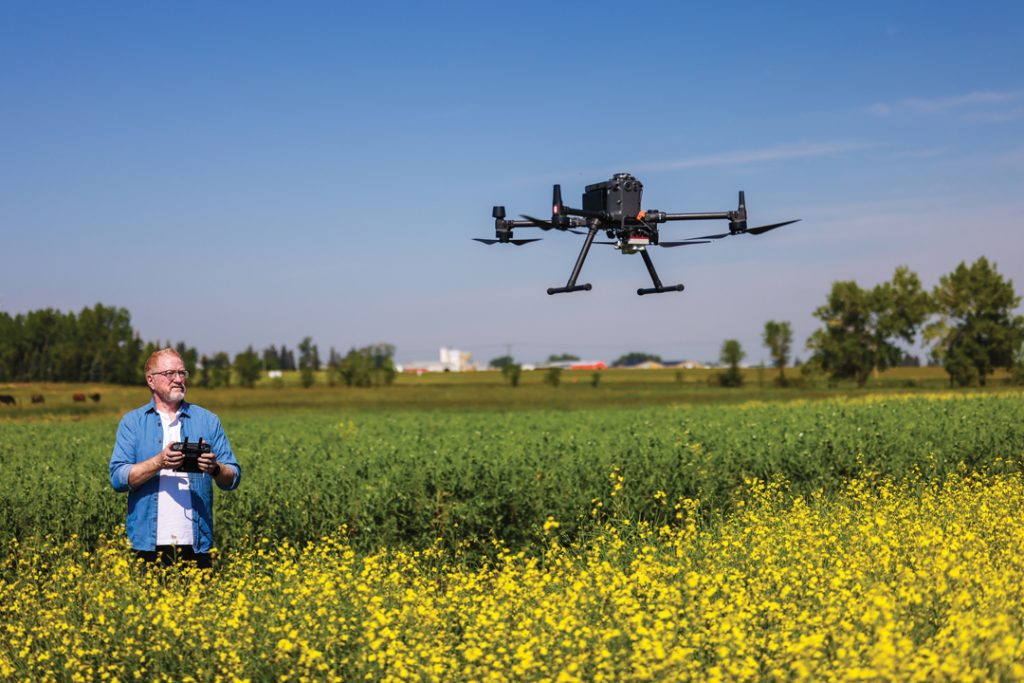THE ROI ON DNA
The Canadian Food Inspection Agency (CFIA) recently approved gene editing for use in breeding new crop varieties. Plant breeders will now be able to apply the technology to their work. Gene editing has the potential to quickly develop new varieties with greater accuracy in targeting traits such as drought and disease resistance. The agronomic and trade implications are promising for farmers.






